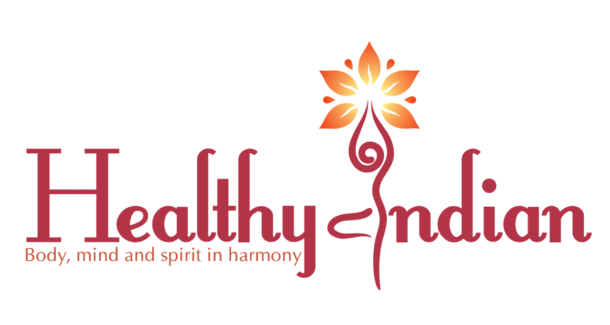Yogis who are masters of “svarodaya”, claim to be conscious of every breath they take. Mostly the unconscious part of the mind kicks in and breathes for us and reflects our state of mind. When we are stressed we breath shallowly in the upper chest where we feel more tension and our primitive brain is activated. This automatic functioning results in haphazard thoughts and emotions of which we have little or no awareness.
This unexamined, subconscious thinking and feeling results in habits and programmed responses that do not often relate to our present moment circumstance. When we breathe deeply into the lower lungs and move the diaphragm, we usually feel increased relaxation and ease which leads to clarity of mind. Deep breathing is more likely when we consciously commit to mindful breathing.
Most children before age 5 breathe correctly and then….. we start sitting more 13-16 hours a day, we accumulate minor injuries to the middle body that result in cautious breathing, and we begin experiencing fight/flight stress that leads us to hold our breath and upper body breathe. Shallow breathing results from stress and then causes even more of a stress response. This accumulates over our life until we correct it.
What Happens When We Breathe…Shallow and Deep?
As we inhale, the air travels through the trachea to the bronchial tubes and smaller and smaller limb-like bronchials until the air reaches the tiny air sacks called alveoli which are one cell thick. Here the oxygen goes into the bloodstream. The oxygen lungs and blood should be in balance. However, blood is not evenly distributed throughout the lung field as the force of gravity results in more blood collecting around the lower lung. When we shallow breath we are just not getting the oxygen to the deep pools of blood around the lower lungs. If our lungs are damaged from smoking or inhaling other toxins this blood oxygen ratio becomes even more inefficient.
According to Dr. John Douillard, an Ayurveda author and educator, there are calming nerve receptors that get activated with deep breathing. Shallow breathing triggers upper chest receptors where most of the fight or flight receptors are located. We stay naturally calm, yet in an alert way, when we deep breath.
Shallow chest breathing requires more effort to achieve the proper blood oxygen ratio and also taxes the heart to work harder. Regular, slow, deep breathing is more relaxing, less stressful to the body and more efficient.
What does this mean for our physical, mental, emotional and spiritual health? When we breathe deeply, called diaphragmatic breathing, we draw oxygen to the lowest part of the lungs where more the blood is most abundant and ready to release cellular waste products and pick up fresh oxygen for transport to cells throughout the body. This moment by moment detox and nourishment supports us on all levels from physical to spiritual. Ayurveda does not differentiate between physical and emotional toxins or any level. We are one system and when it is clean, we evolve to our higher forms.
Breath awareness is a common starting point for meditation across cultures and timeless traditions. Attention to breath can bring the mind to one-pointed stillness which is the entryway to higher states of consciousness and merging with the Infinite. Deep breathing calms the nervous system allowing the frontal lobe of the brain to engage more and the primitive brain less.
Try these breath awareness strategies:
- When you sit to meditate first offer a few moments to breath awareness. Just notice your breath and movement of your lungs.
- If you practice yoga, bring your attention to the breath often. Breathe deeply as you move through asanas.
- Are you sitting and reading, watching TV, in a meeting, or driving? Try placing your hand on your lower belly and pay attention to drawing your breath into your lower lungs and moving your diaphragm.
- If you are on a morning or afternoon walk, become mindful of your breath. What kind of thoughts are you having as you walk? Go past the habitual, shallow breathing which engages you in more subconscious, an often even untrue thinking to deeper breathing which activates your higher conscious mind. Perhaps even become aware that with every breath you are offering oxygen to enrich and nourish every cell of your body.
These ideas can help you to start a new good habit of breathing more deeply. Take a deep breath….ahhhh.




